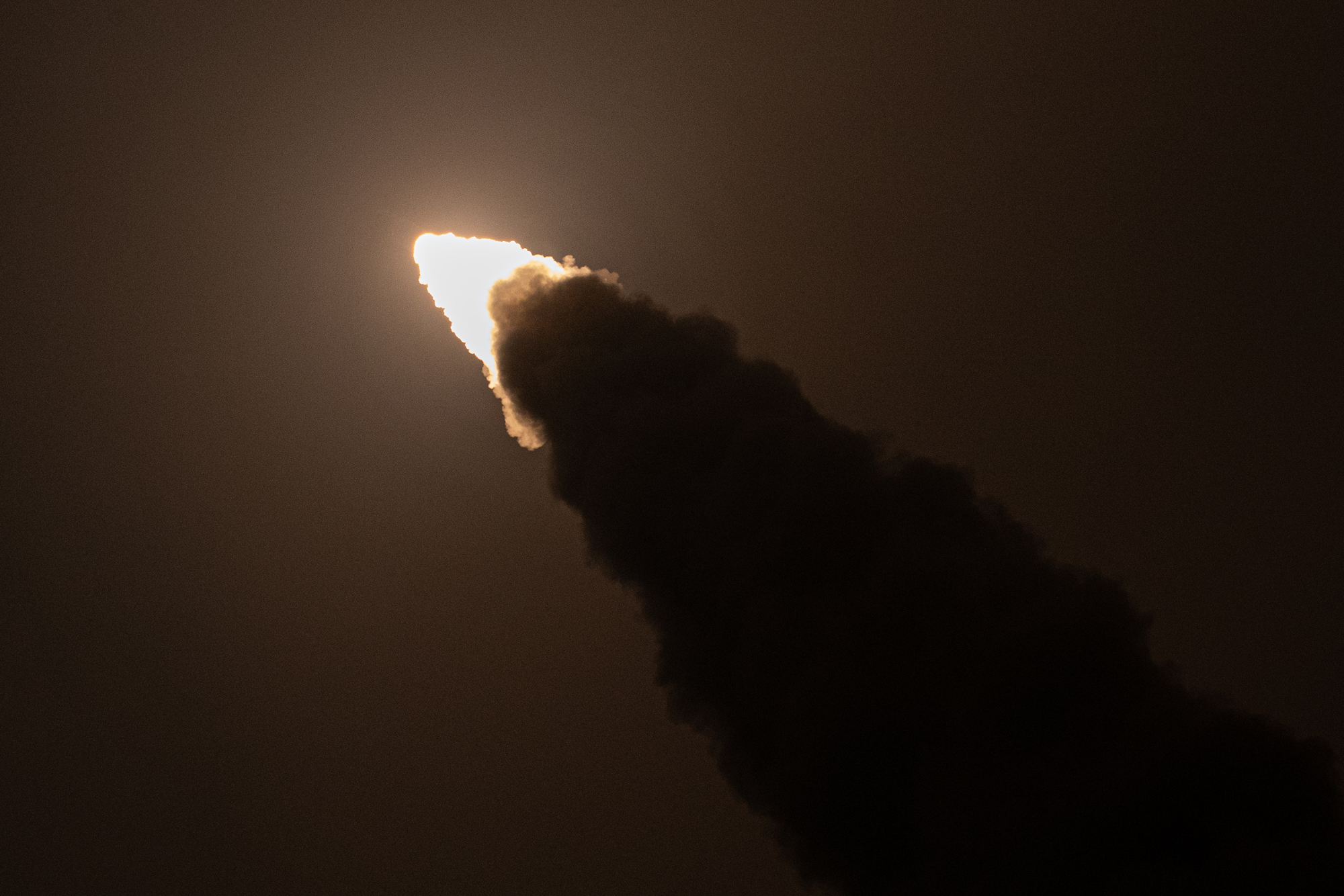Chinese Long March 11 rocket launches satellites to hunt gravitational waves
China has successfully launched a pair of satellites into space to learn more about gravitational waves, or echoes in space-time from huge mergers or cosmic events.
The Gravitational Wave High-energy Electromagnetic Counterpart All-sky Monitor (GECAM) mission launched at 3:14 p.m. EST on Dec. 9 (2014 GMT Wednesday or 4:14 a.m. local time Thursday, Dec. 10) from the Xichang Satellite Launch Center in the southwestern Sichuan province.
The 330-pound (150-kg) twin satellites each entered their planned orbit of roughly 375 miles (600 kilometers) in altitude at opposite sides of the Earth, according to the China Aerospace Science and Technology Corp. and Science magazine.
"The launch of these scientific satellites will enable our country to make important breakthroughs in exploring the extreme universe, solar activities and the relationship between the sun and the Earth," Wang Chi, head of the Chinese Academy of Sciences' National Space Science Center, said in an interview with the state-run news channel CCTV, according to a translation.

From their orbits, the satellites will monitor the entire sky for events that generate gravitational waves, which could include cosmic confluences such as neutron stars merging or black holes coming together, Science said.
The Chinese satellites have an advantage over existing observatories searching for gamma rays, or bursts of energy from these collisions, because their view is not obscured, the magazine added. By contrast, NASA's Swift Observatory and the Fermi Gamma-ray Space Telescope both have only partial views of the sky.
The new mission launched on a Long March 11 rocket developed by the China Aerospace Science and Technology Corp., and the launch was the 355th mission of the Long March series, Chinese state sources said.
Breaking space news, the latest updates on rocket launches, skywatching events and more!
Last week, China also successfully docked the ascent module of its Chang'e-5 moon-landing spacecraft with an orbiter spacecraft, as part of larger mission to return samples from the lunar surface. The moon mission was performed by the China National Space Administration, while the new gravitational waves mission is under the science-focused National Space Science Center.
The Chang'e 5 sample-return spacecraft is now headed back to Earth for a landing later this week.
Follow Elizabeth Howell on Twitter @howellspace. Follow us on Twitter @Spacedotcom and on Facebook.

Elizabeth Howell (she/her), Ph.D., was a staff writer in the spaceflight channel between 2022 and 2024 specializing in Canadian space news. She was contributing writer for Space.com for 10 years from 2012 to 2024. Elizabeth's reporting includes multiple exclusives with the White House, leading world coverage about a lost-and-found space tomato on the International Space Station, witnessing five human spaceflight launches on two continents, flying parabolic, working inside a spacesuit, and participating in a simulated Mars mission. Her latest book, "Why Am I Taller?" (ECW Press, 2022) is co-written with astronaut Dave Williams.
